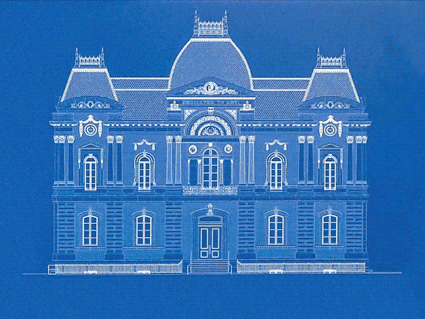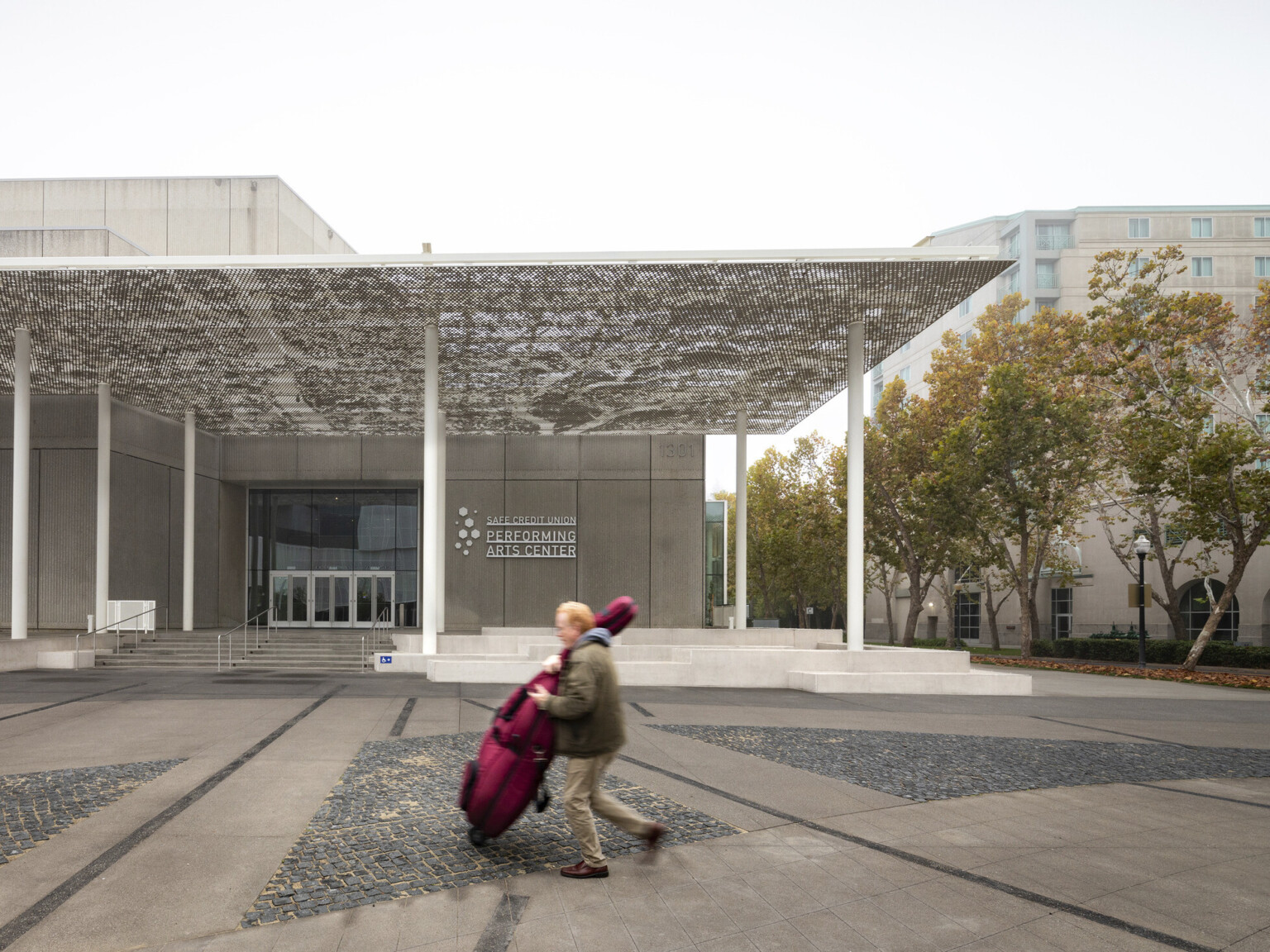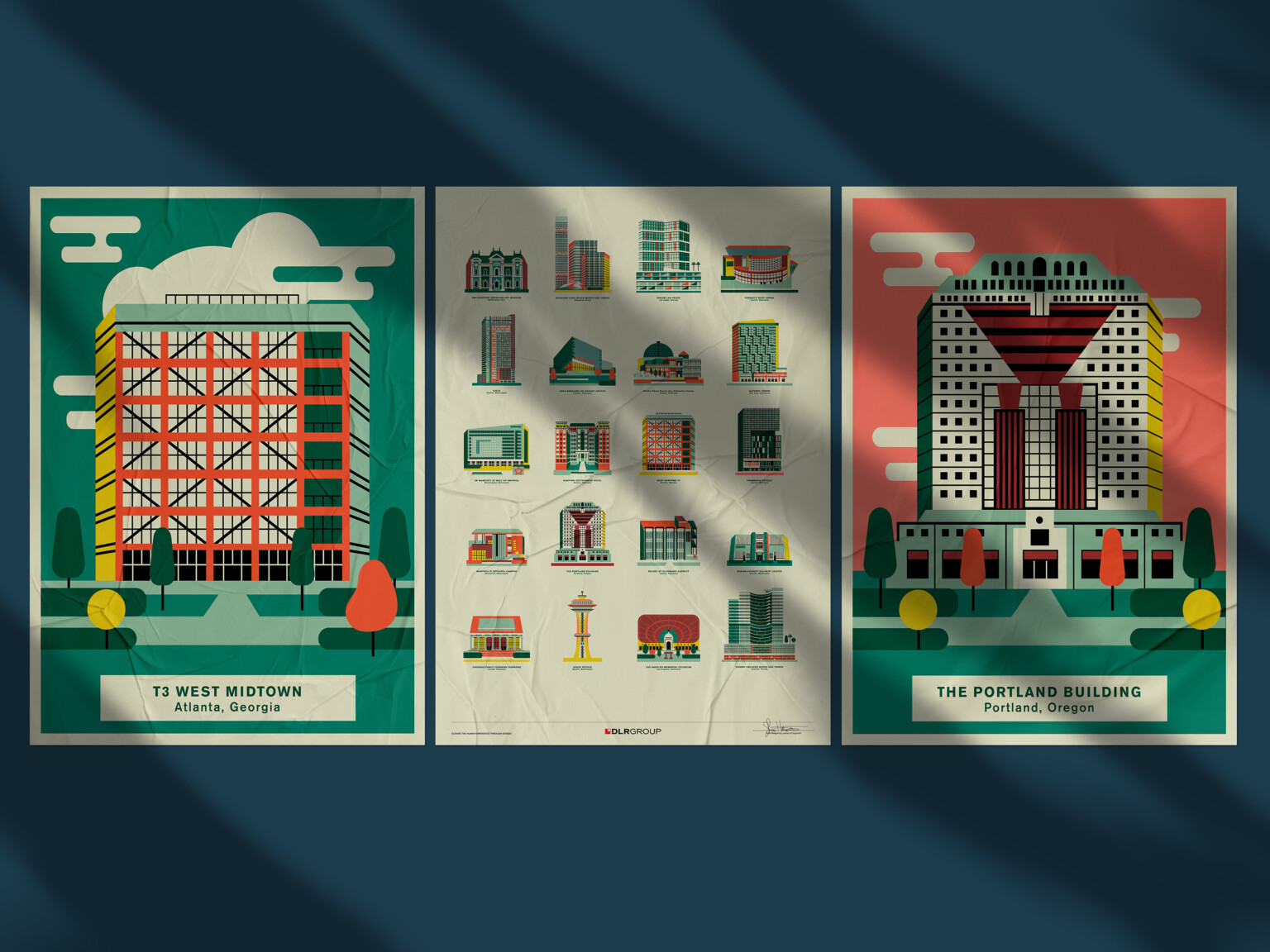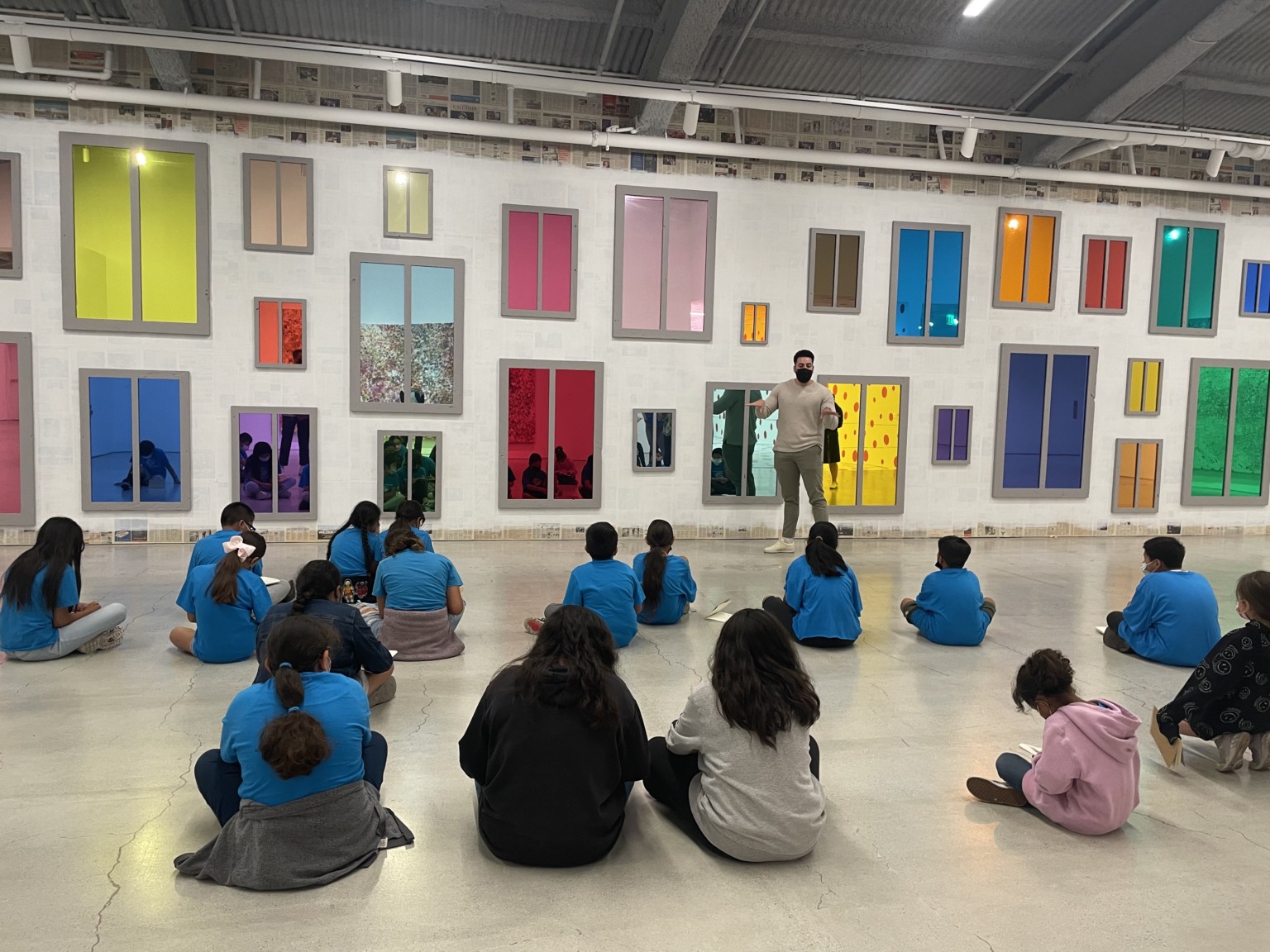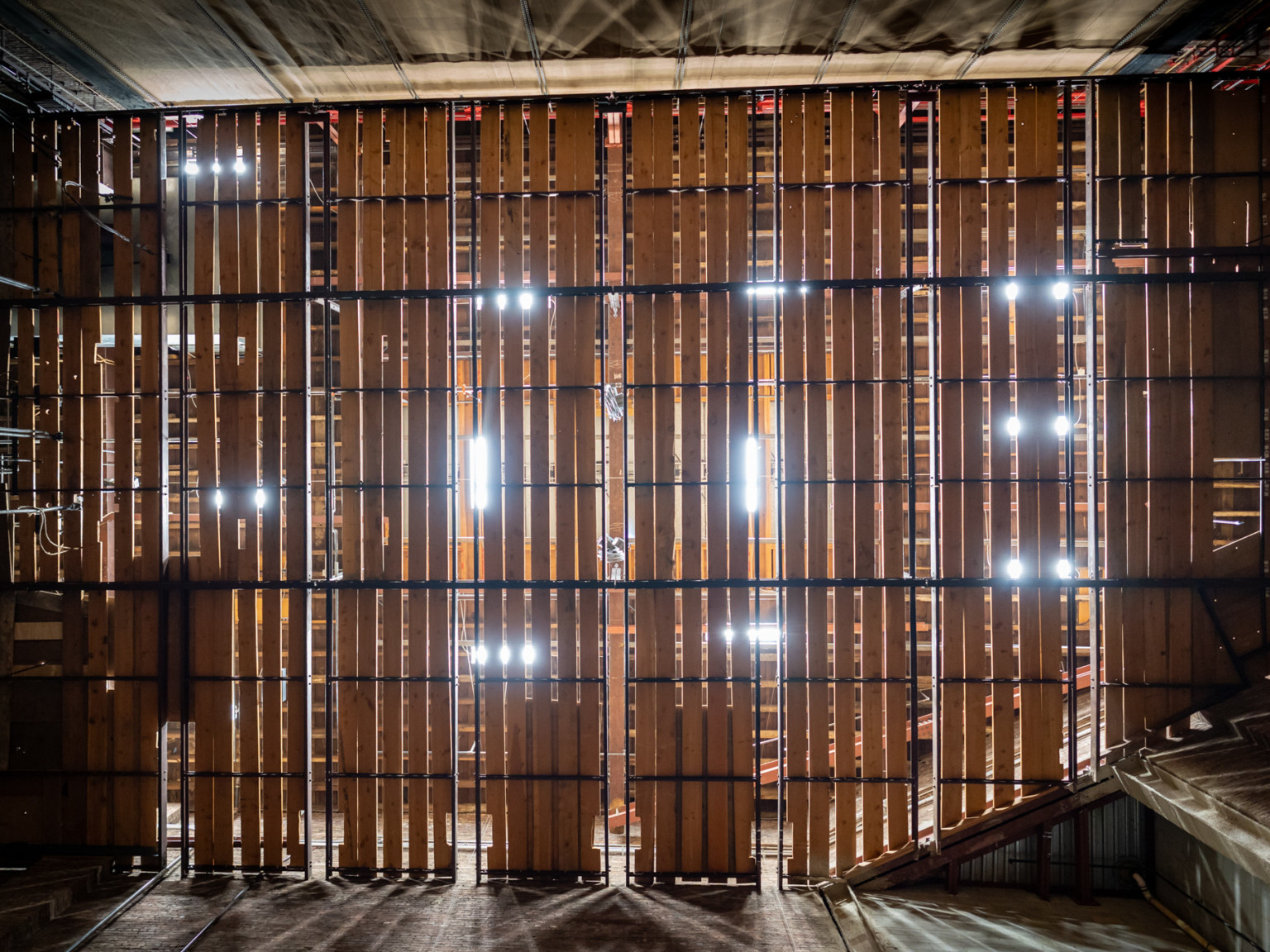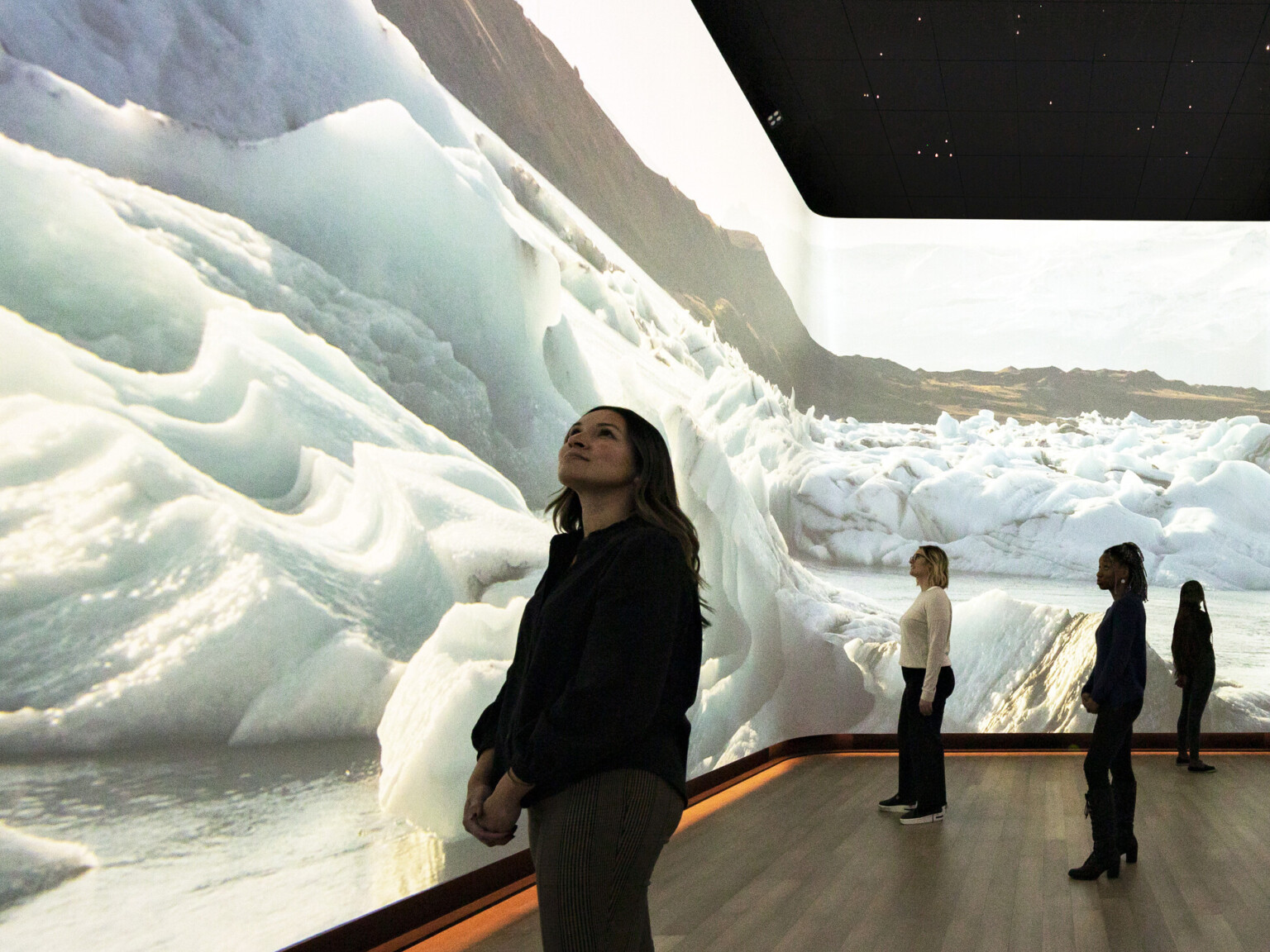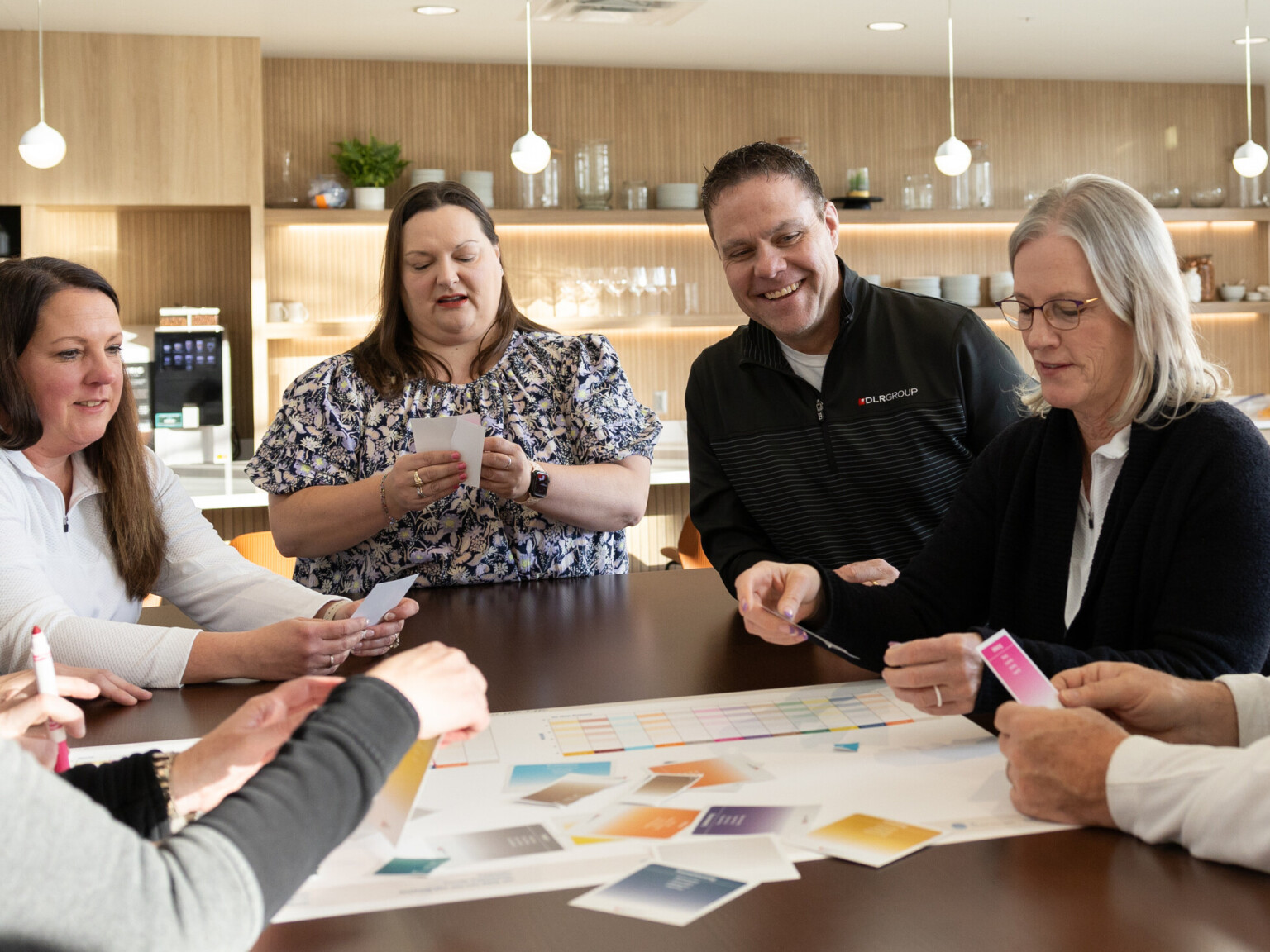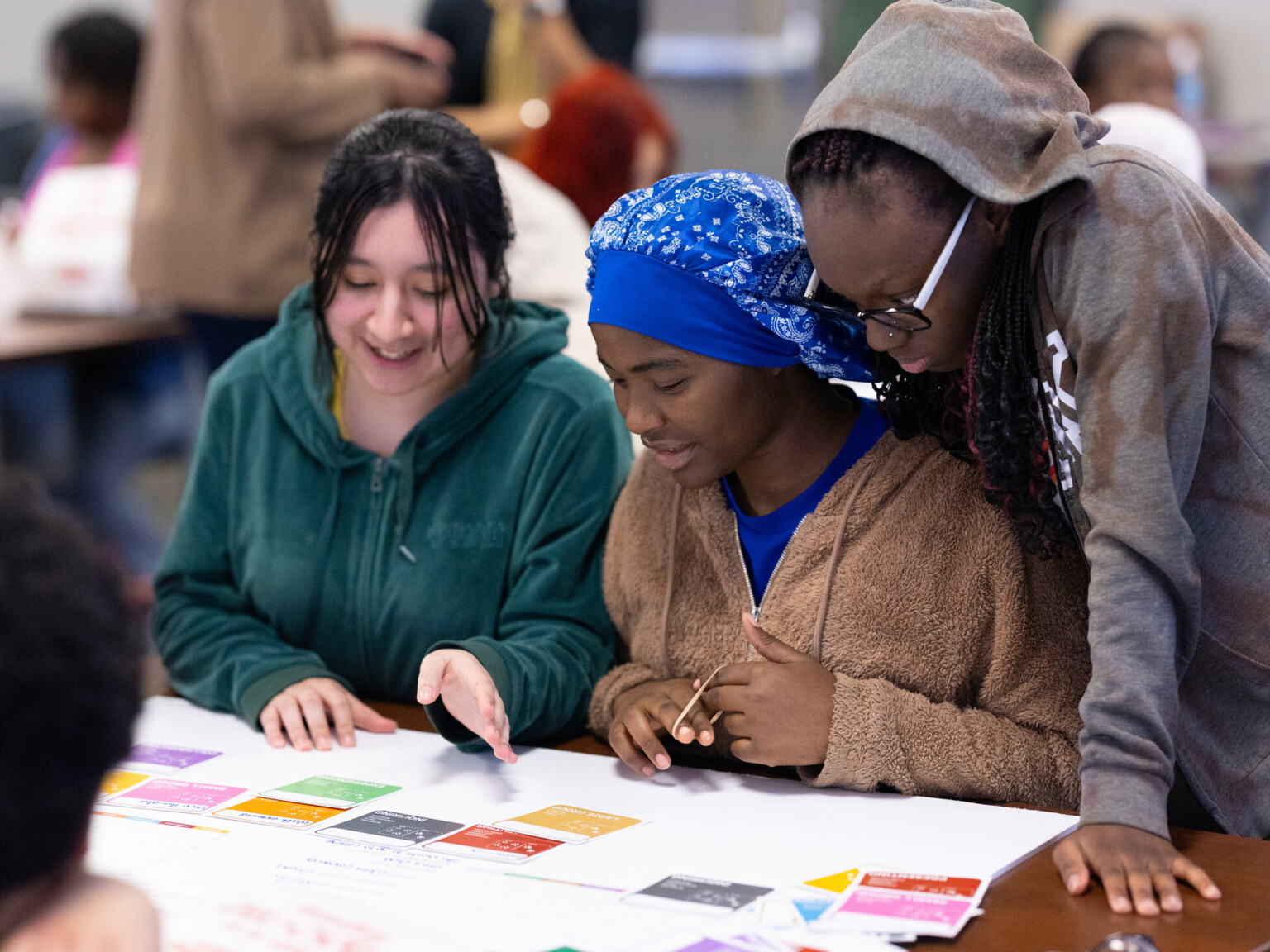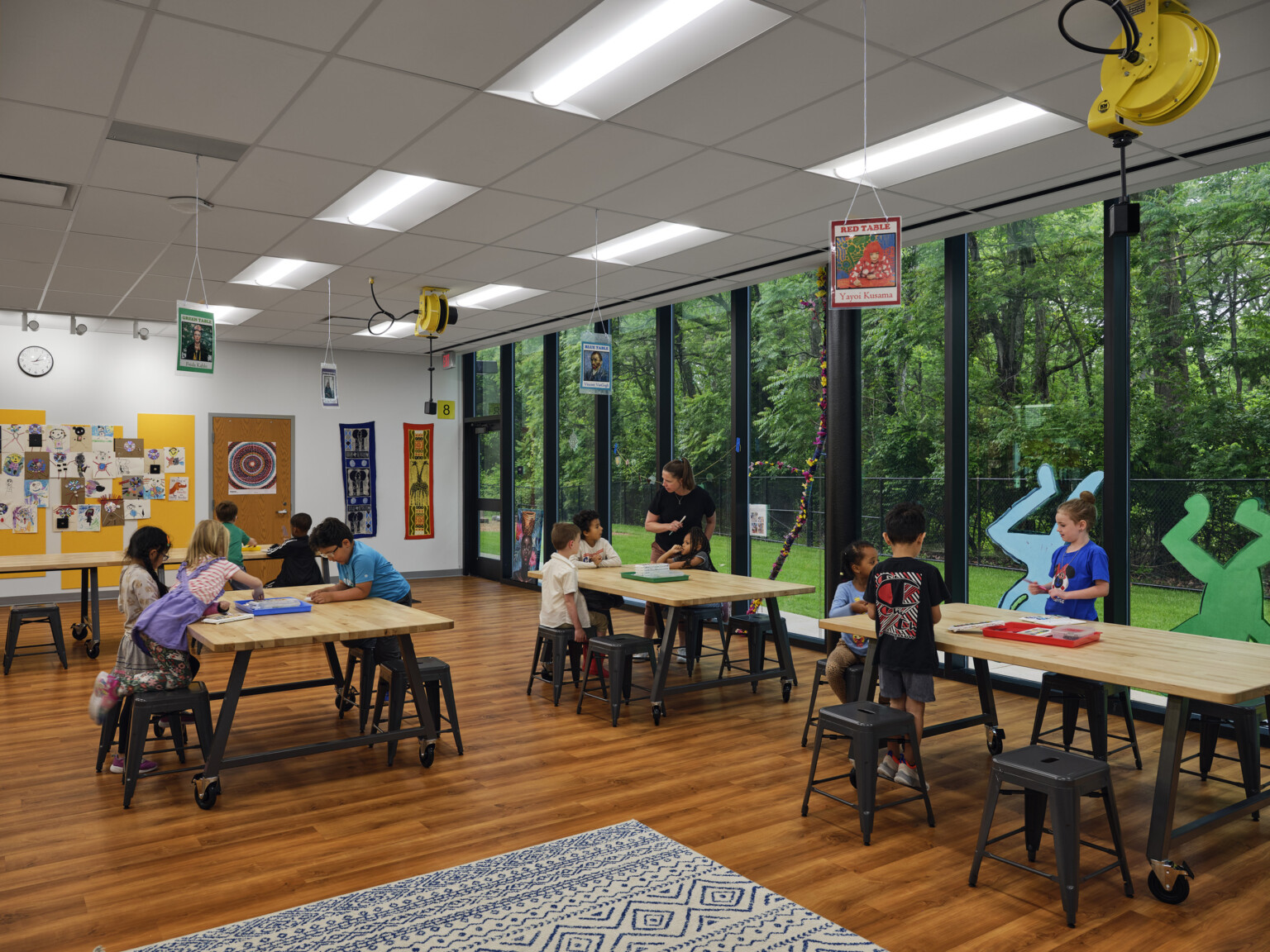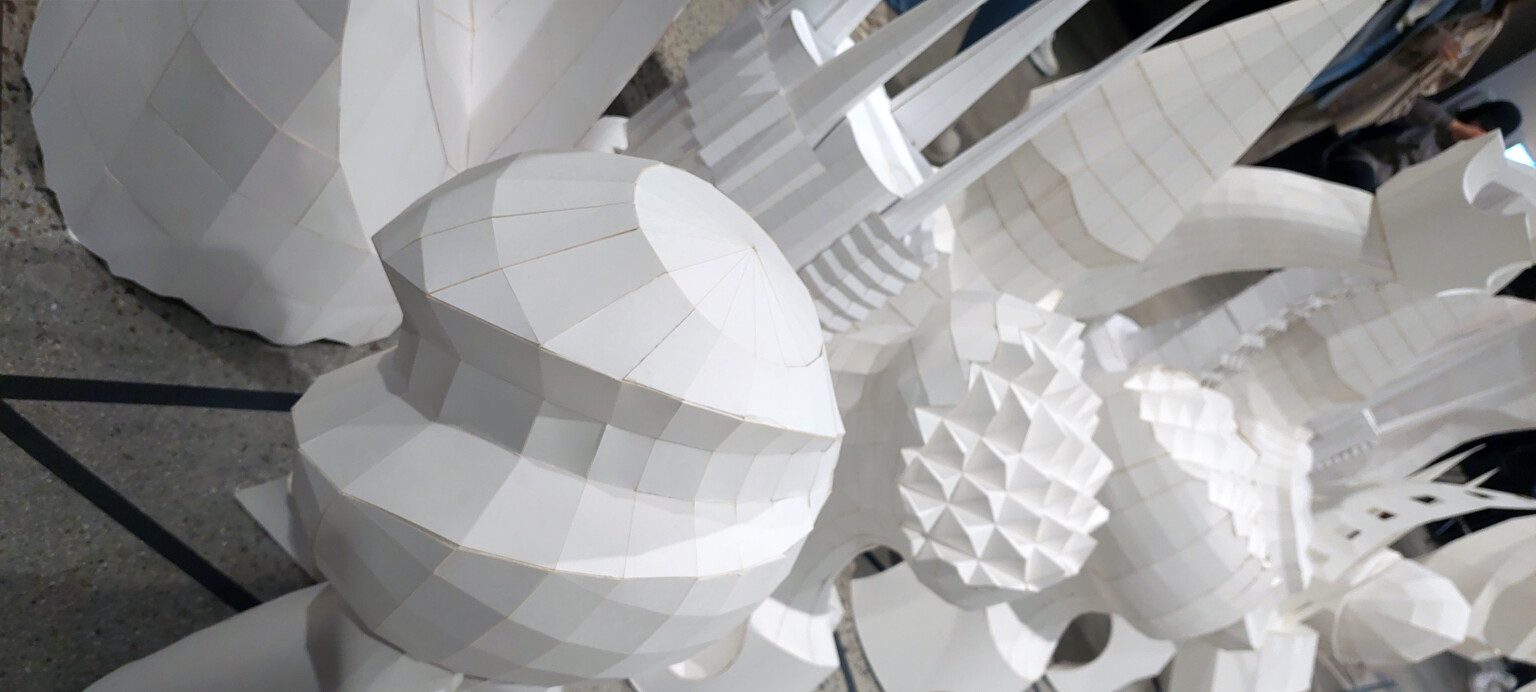
Teaching Digital to Physical: Geometry Games
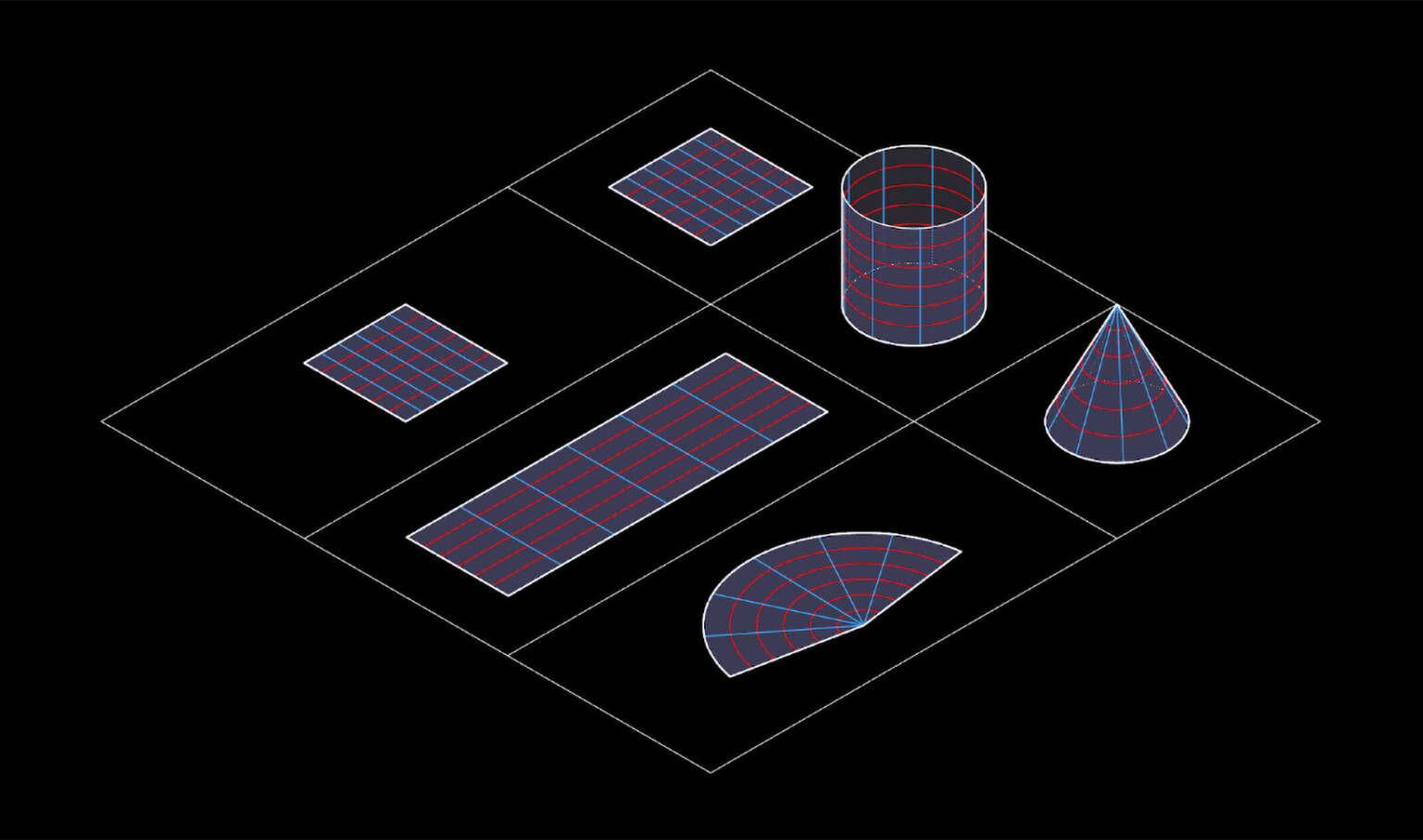
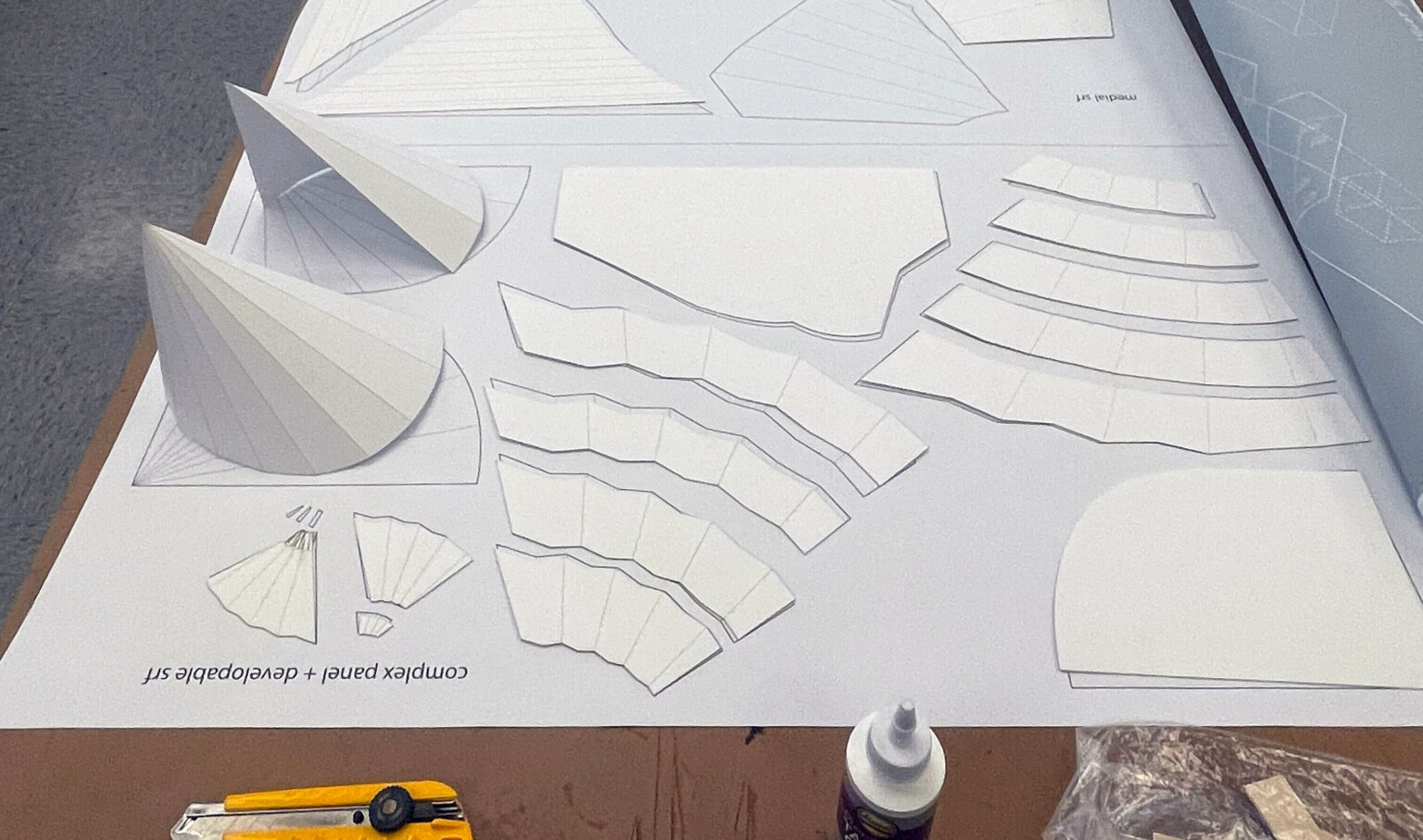
For the final project, the newly explored lexicon culminates in a Geometry Game where students merge all three techniques to create oversized physical chess pieces. In the ultimate digital to physical test, the pieces are built by hand from laser-cut flat templates that are designed and developed digitally. Our Los Angeles office hosted the class’s final critique. Over a 12’ x 12’ field, 32 fantastic geometric forms descended for a game of chess. The most successful forms saw exceptional craft and precise alignments where the three systems meet and interact.
Across the course, the biggest challenge was instilling knowledge that students can intuitively translate and apply in the future, be it in other college studio projects or in real-world design like Google Bayview solar design, the 590-foot Baoshan Long Beach Tower, and Jacksonville Museum of Science and History. As designers, pushing beyond boxes can start with the simple plane.
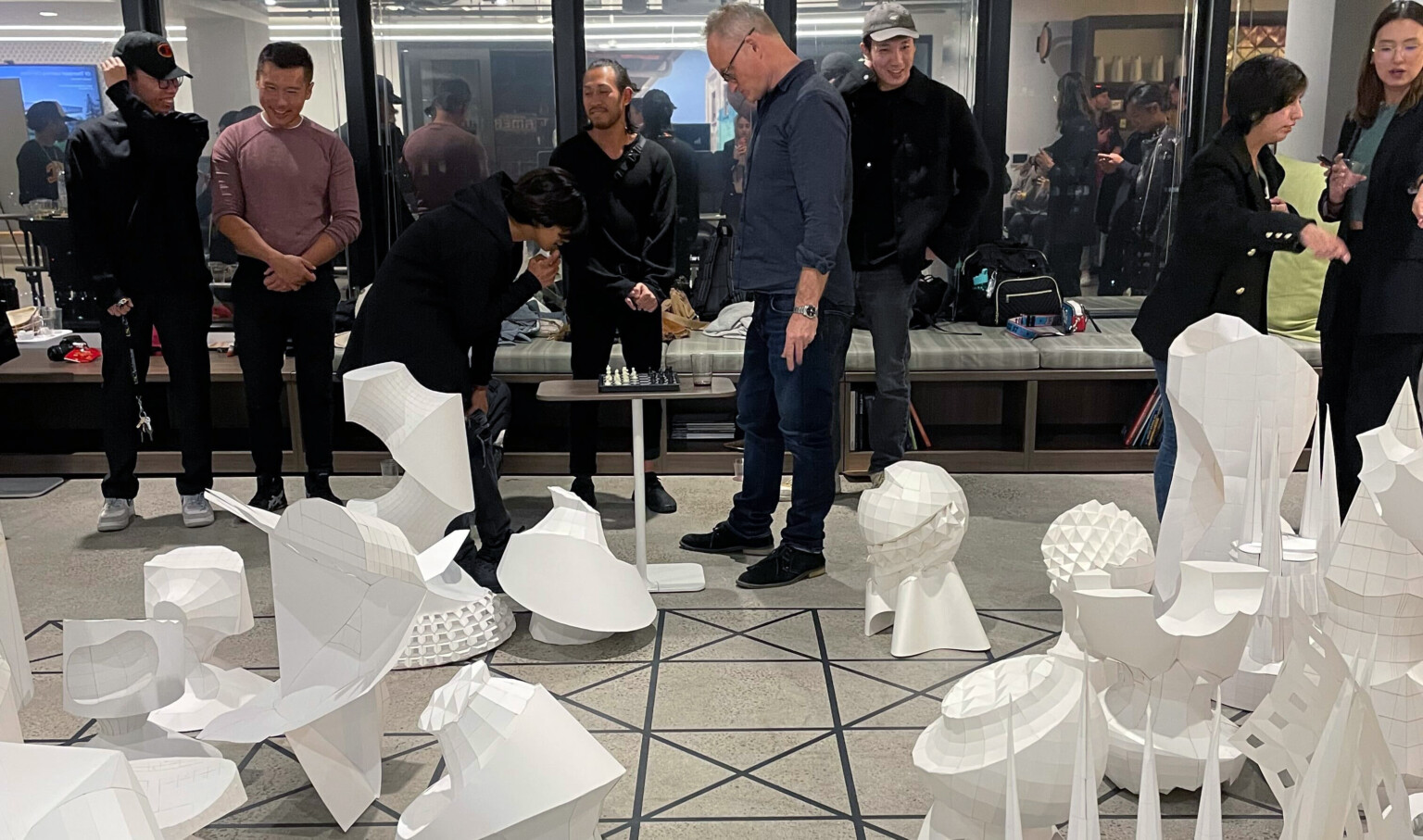
To receive ideas like this directly to your inbox, subscribe to our email list.


